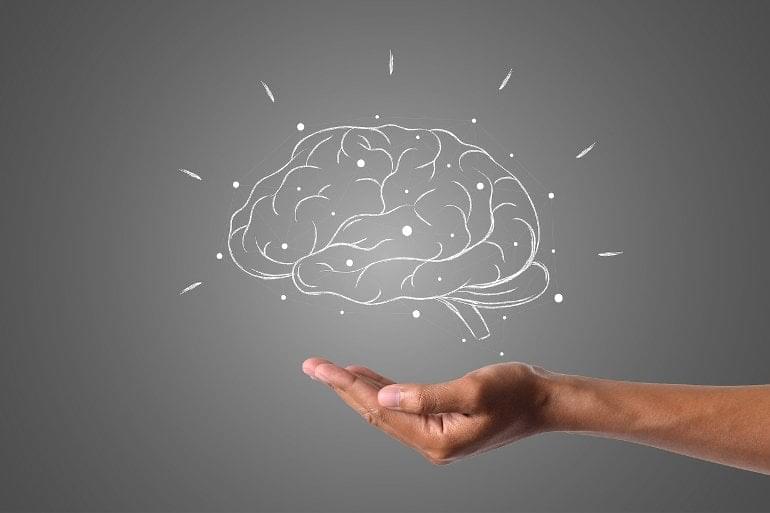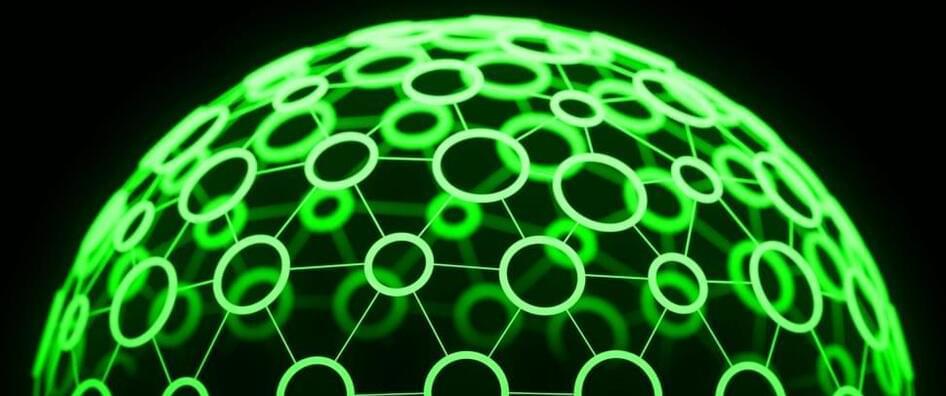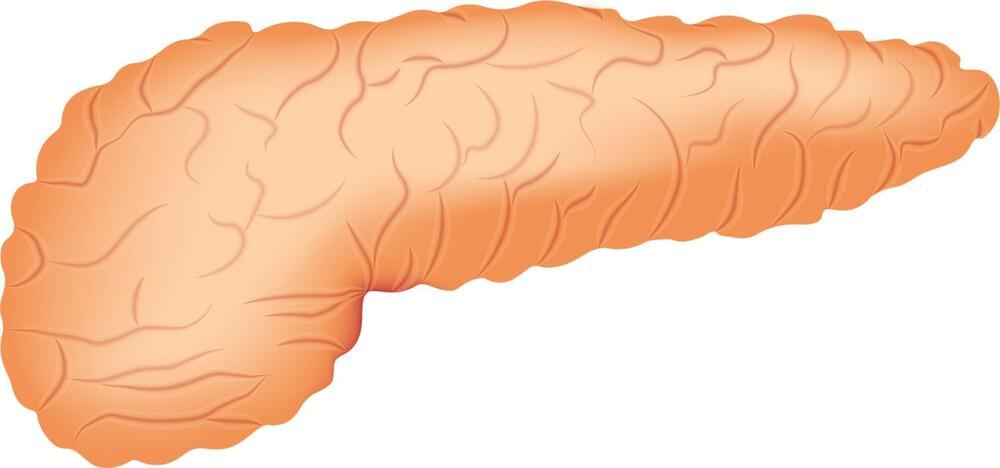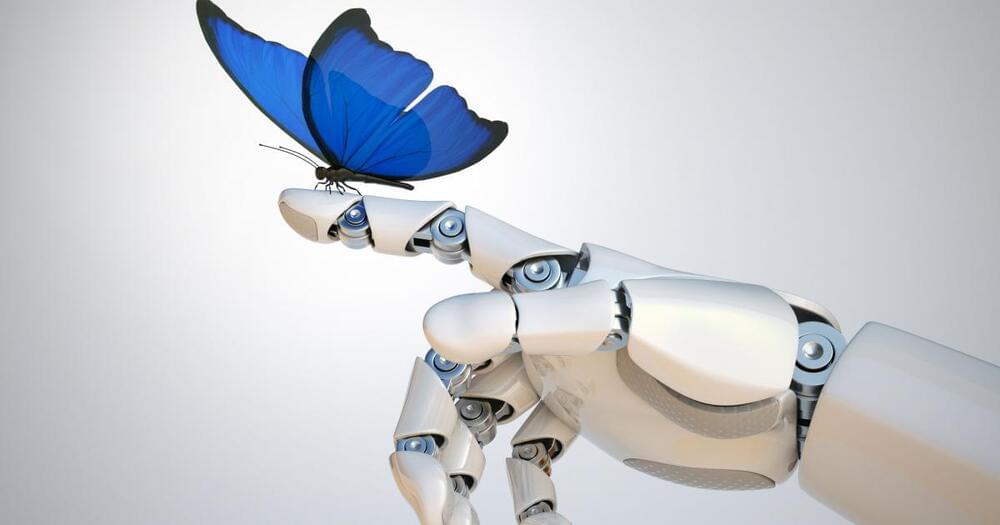Microsoft is investigating issues with several of its products including Teams and Outlook, the company said Tuesday.



Summary: Researchers have successfully created a synthetic version of a small molecule found in a recently discovered sea sponge that appears to have therapeutic benefits for Parkinson’s disease.
Source: UCLA
Organic chemists at UCLA have created the first synthetic version of a molecule recently discovered in a sea sponge that may have therapeutic benefits for Parkinson’s disease and similar disorders. The molecule, known as lissodendoric acid A, appears to counteract other molecules that can damage DNA, RNA and proteins and even destroy whole cells.
José Cordeiro, PhD, talking about his international bestseller “The Death of Death” during the coming DLD Tel Aviv Innovation Festival in Israel. Top news at i24 news discussing about aging as the “mother” of all chronic diseases!
José Cordeiro is an international fellow of the World Academy of Art and Science, vicechair of HumanityPlus, director of The Millennium Project, founding faculty at Singularity University in NASA Research Park, Silicon Valley, and former director of the Club of Rome (Venezuela Chapter), the World Transhumanist Association and the Extropy Institute.
Has also been invited faculty at the Institute of Developing Economies IDE – JETRO in Tokyo, Japan, the Moscow Institute of Physics and Technology (MIPT) and the Higher School of Economics (HSE) in Russia.
Founder in #TransVision Madrid 2021: engineer, economist, futurist, visionary, transhumanist, singularitarian, immortalist. MIT engineer working to transcend biology and travel to Mars and beyond.
José studied engineering at the Massachusetts Institute of Technology (MIT) in Cambridge, MA, economics at Georgetown University in Washington, DC, management at INSEAD in Fontainebleau, France, and science at Universidad Simon Bolivar in Caracas, Venezuela.
He is a leading expert on technological change, future trends and economic forecasting. He has published more than 10 books in 5 languages, including his current bestseller “La muerte de la muerte” in Spanish, Portuguese, French, Russian, Chinese and Turkish.
A new technological development by Tel Aviv University has made it possible for a robot to smell using a biological sensor. The sensor sends electrical signals as a response to the presence of a nearby odor, which the robot can detect and interpret.
In this new study, the researchers successfully connected the biological sensor to an electronic system and, using a machine learning algorithm, were able to identify odors with a level of sensitivity 10,000 times higher than that of a commonly used electronic device. The researchers believe that in light of the success of their research, this technology may also be used in the future to identify explosives, drugs, diseases, and more.
The biological and technological breakthrough was led by doctoral student Neta Shvil of Tel Aviv University’s Sagol School of Neuroscience, Dr. Ben Maoz of the Fleischman Faculty of Engineering and the Sagol School of Neuroscience, and Prof. Yossi Yovel and Prof. Amir Ayali of the School of Zoology and the Sagol School of Neuroscience. The results of the study were published in Biosensors and Bioelectronics.

The orbitofrontal cortex (OFC) is a region in the frontal lobe of the brain known to be involved in decision-making and information processing. The lateral part of this brain region, known as the lOFC, has been identified as a particularly salient region for the creation of so-called “cognitive maps.”
Cognitive maps are mental representations of the world that are believed to guide human behavior. While past studies have linked the lOFC to the brain’s use of these maps, it is still unclear whether it creates these maps or merely deploys them when necessary.
Researchers at the National Institute on Drug Abuse in Baltimore and the Max Planck Institute for Biological Cybernetics have recently carried out a study exploring these two hypotheses, with the hope of better understanding the functions of the lOFC. Their findings, published in Nature Neuroscience, suggest that the lateral OFC is directly involved in the writing of cognitive maps.

Fiber-optic cables stretch across oceans and wind their way underground to handle our communications systems, and scientists think that this vast network of infrastructure could be put to another use: observing Earth’s surface from below.
Specifically, the 1.2 million kilometers (more than 745,000 miles) of existing fiber-optic cable could be combined with satellites and other remote sensing instruments to monitor the entire globe in real time.
Storms and earthquakes could be tracked in this way, the team behind the idea suggests, as well as ships and whales passing through the seas. The network might even have the potential to be used to spot broken pipelines.


Chronic pancreatitis, a painful, debilitating condition, often requires major surgery to remove all or part of the pancreas. Few large studies have evaluated how these patients fare five years or more after their operations. The largest study to date of patients who have had surgery for chronic pancreatitis with follow-up of six years or longer has found that about two-thirds survive after 10 years. However, more than one-fourth of these patients were still using opioids daily for pain.
The study, presented at the Southern Surgical Association 134th annual meeting in December in Palm Beach, Florida, has been published online as an “article in press” in the Journal of the American College of Surgeons (JACS).
“After surgical intervention, we, as surgeons, expect that we return these patients back to their normal lives,” said lead study author Gregory C. Wilson, MD, an assistant professor of surgery at the University of Cincinnati College of Medicine. “In this study, we have long-term follow-up examining survival and cause of death in these patients well after that surgical period, and what we see is that survival continues to decline even five years out from surgery.”

